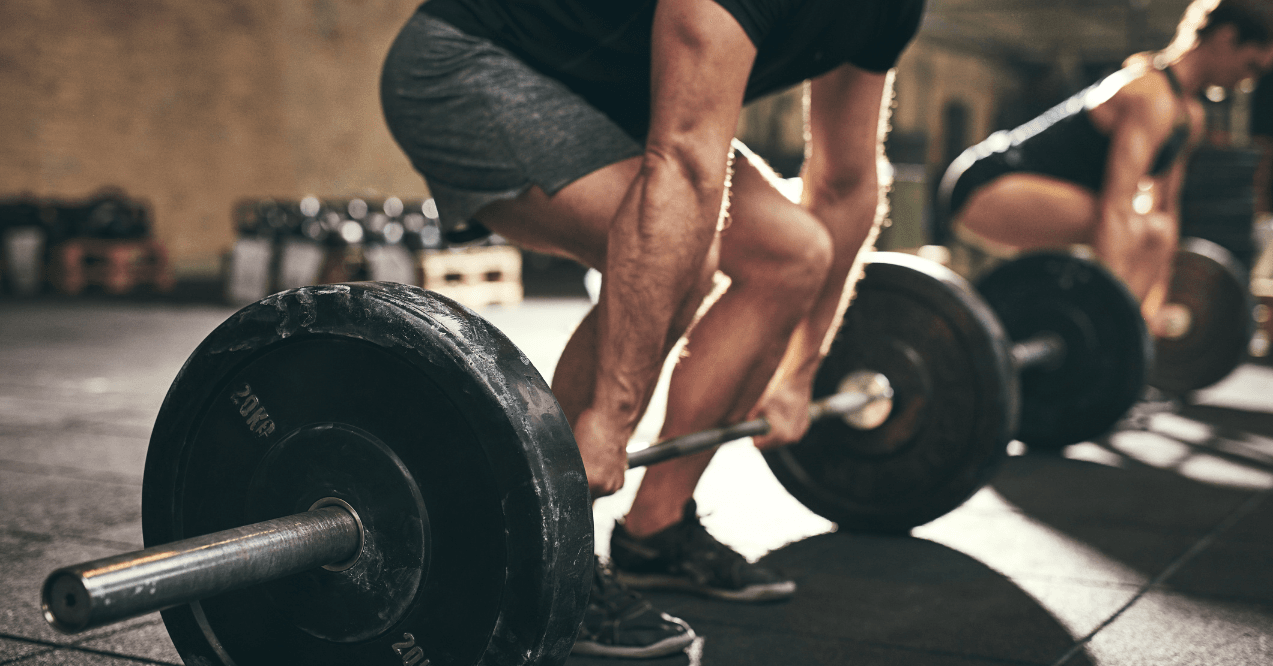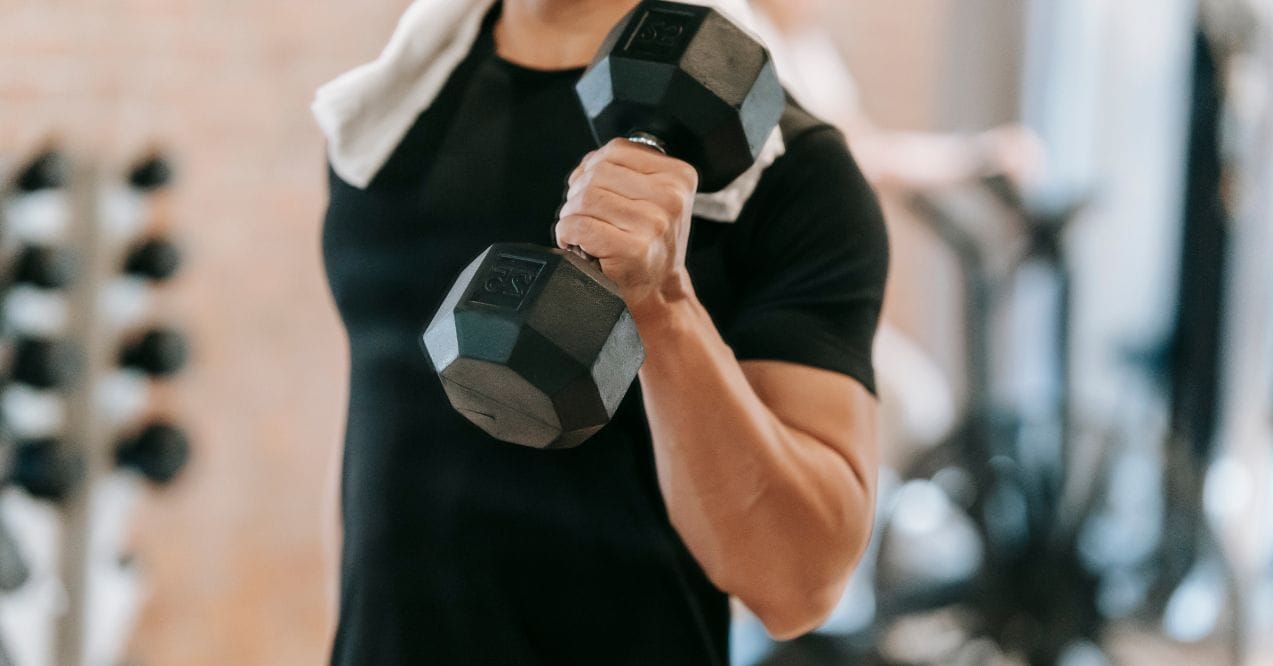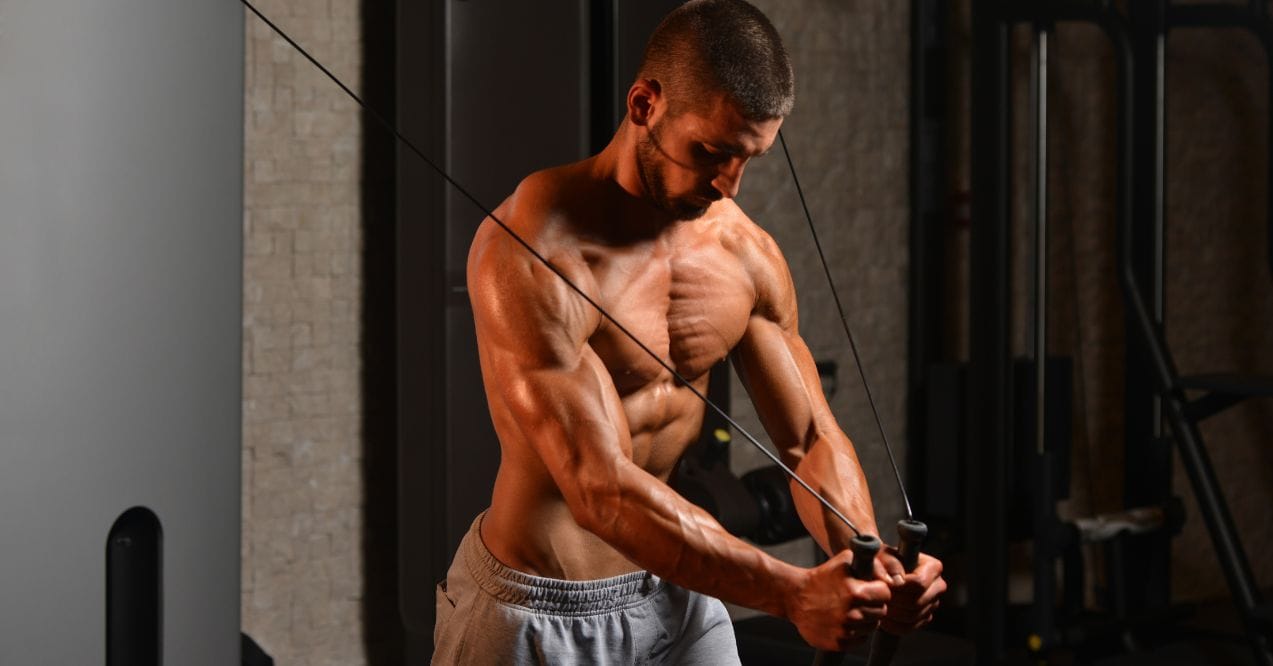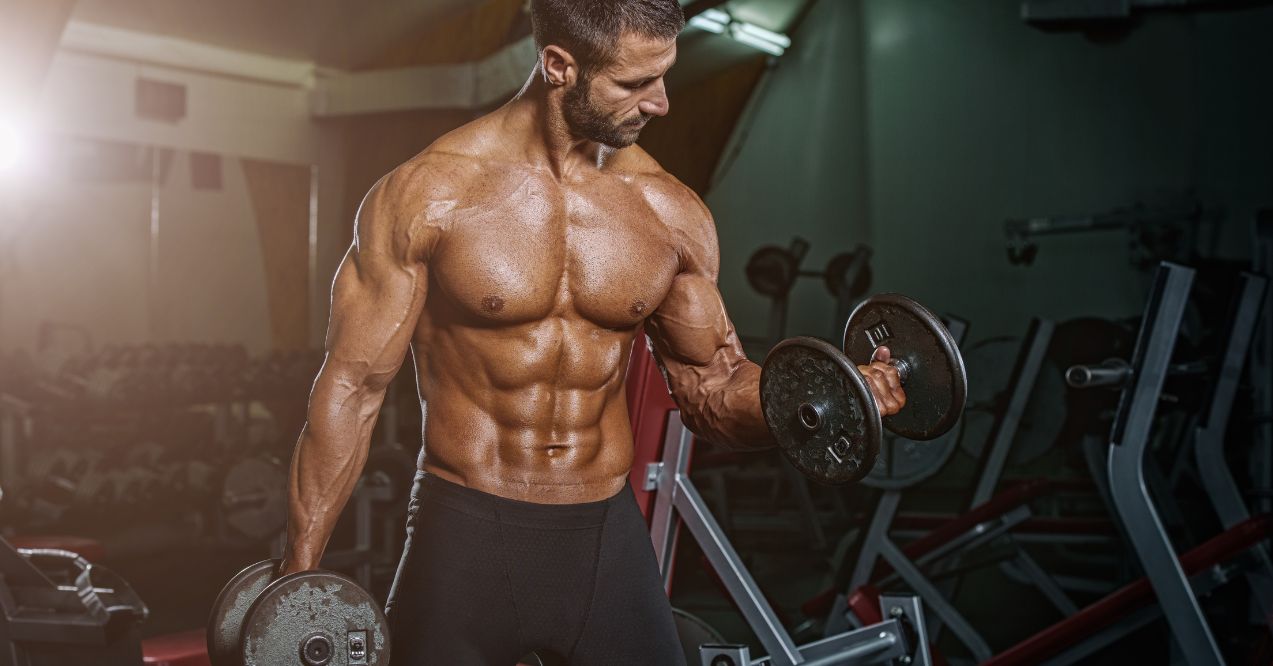Can Creatine Give You a Six-Pack?
If you’ve ever wondered, can creatine give you a six-pack?, you’re not alone. With so much information out there, it’s easy to feel unsure about what actually works. As we celebrate Move More Month – a time to champion activity and healthier habits – it’s the perfect opportunity to dig into the facts.
While creatine won’t magically make abs appear, it can support the strength and energy you need to stay consistent with your training. In this guide, we’ll explore what creatine really does, how it fits into your fitness routine, and whether it can help reveal the core you’re working for.

What is creatine?
Creatine is a naturally occurring compound that your body produces in small amounts, primarily stored in muscle tissues. Think of it as your muscles’ quick-access energy reserve. Your body creates creatine from amino acids – mainly in your liver, kidneys, and pancreas – but you also get small amounts from foods like red meat and seafood.
In the fitness world, creatine monohydrate stands as the most popular supplement form, though other varieties exist:
- Creatine monohydrate – the most researched and cost-effective form
- Creatine HCL – promoted for better solubility
- Buffered creatine – designed to reduce digestive discomfort
- Creatine ethyl ester – marketed for enhanced absorption
The popularity of creatine isn’t just hype – it has decades of research backing its effectiveness. Since the 1990s, athletes and fitness enthusiasts have turned to this supplement to support their performance goals. Unlike many trendy supplements that come and go, creatine has maintained its reputation through rigorous scientific testing.
How creatine actually works
When you exercise intensely – like during those challenging squat sets or sprint intervals – your muscles burn through ATP (adenosine triphosphate), your body’s primary energy source, at a rapid rate. Here’s where creatine comes into play.
Creatine works by regenerating ATP during high-intensity, short-duration activities. By supplementing with creatine, you increase your muscle’s phosphocreatine stores, which can quickly donate a phosphate group to ADP (adenosine diphosphate) to create more ATP. This process happens in seconds, giving you that extra burst of energy to push out one more rep or maintain peak power a little longer.
Most users follow a loading protocol (taking 20g daily for 5-7 days) followed by a maintenance phase (3-5g daily). This approach helps saturate your muscles with creatine more quickly. The performance benefits typically include:
- Increased strength and power output
- Enhanced workout volume (more total reps)
- Improved recovery between intense sets
- Better performance during repeated sprint activities
One side effect worth noting: creatine often increases water retention within muscle cells, making muscles appear fuller – but this isn’t the same as having defined abs.
The truth about six-pack abs
Let’s face it – six-pack abs are more about what you don’t have than what you do have. Specifically, they’re about not having a layer of fat covering your abdominal muscles. Everyone has abdominal muscles, but not everyone can see them clearly.
Visible abs come down to two main factors:
- Low body fat percentage – typically under 15% for men and 22% for women, though this varies with genetics
- Developed core muscles – to create definition once that fat is reduced
Your genetic makeup plays a significant role too. Some people naturally store less fat in their midsection, while others might need to reach very low overall body fat levels before seeing definition. Factors like muscle insertion points and even the number of ab segments (yes, not everyone has a perfect six-pack pattern!) are predetermined by genetics.
One persistent myth is “spot reduction” – the idea that doing endless crunches will burn fat specifically from your belly. In reality:
- Your body decides where it loses fat
- You can’t target specific areas for fat loss
- Fat reduction occurs throughout the body
- This happens when you maintain a calorie deficit through proper nutrition and activity
Can creatine indirectly help?
While creatine doesn’t directly burn belly fat or create abs, it can support your six-pack goals in several indirect ways:
- Enhanced training intensity – Creatine boosts your ATP energy systems, allowing you to push harder during workouts. This means more sets, more reps, and heavier weights, supporting progressive overload for ab-specific exercises like weighted crunches or hanging leg raises.
- Increased muscle development – Regular creatine supplementation promotes overall muscle growth when combined with resistance training, contributing to a slightly higher metabolic rate and helping preserve lean muscle during fat loss phases.
- Performance consistency – Creatine supports recovery between training sessions, enabling more frequent high-quality workouts and maintaining strength during calorie-restricted periods.
- Body composition effects – While muscles appear fuller through intracellular water retention, this same effect might temporarily make abs less visible in some people – but this doesn’t impact actual fat loss progress.
Looking for a premium creatine to support your fitness journey? Trumeta Creatine delivers 5 grams of pure Creapure® creatine per serving, helping you build lean muscle, boost endurance, and enhance recovery. Designed for high-intensity workouts, it supports cellular energy and mental performance without unwanted additives. Vegan, gluten-free, and mixing easily with your favorite beverage, Trumeta provides clean, effective nutrition to help you crush your goals.
In celebration of Move More Month, we’re offering 25% off Trumeta Creatine with code CREATINE25 – the perfect time to fuel your journey toward stronger, more defined abs.
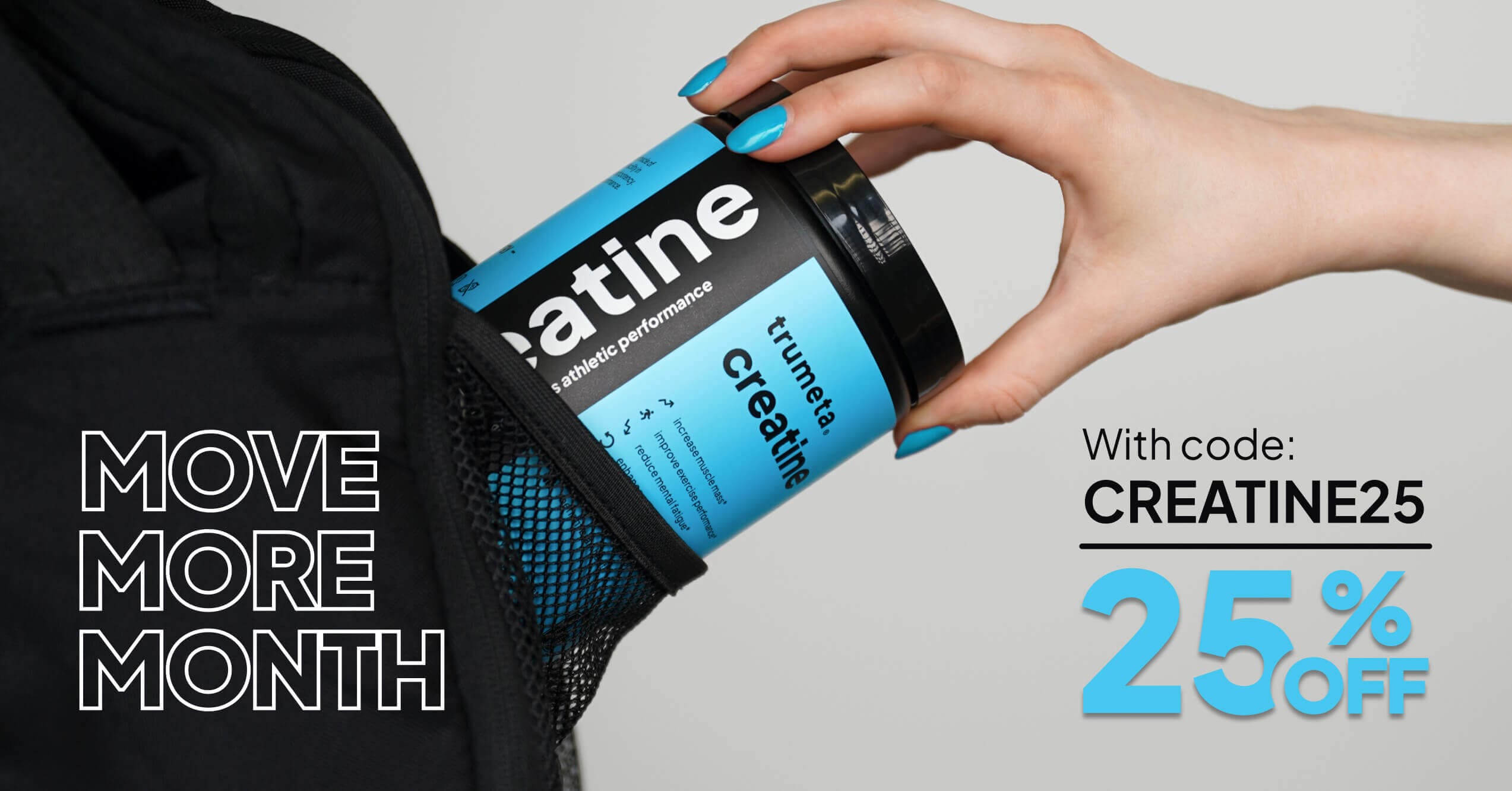
The complete approach to six-pack abs
Revealing six-pack abs requires a comprehensive strategy beyond just taking creatine:
- Nutrition fundamentals – Maintain a modest calorie deficit (10-20% below maintenance) while consuming adequate protein (0.8-1g per pound of bodyweight) to support muscle retention during fat loss.
- Effective training split – Combine targeted core work 2-3 times weekly with compound movements like squats, deadlifts, and overhead presses that engage your core indirectly.
- Consistency over intensity – Sustainable habits trump extreme approaches – aim for 80-90% adherence to your nutrition plan rather than perfect but short-lived efforts.
- Rest and recovery – Quality sleep (7-9 hours nightly) supports hormone balance crucial for both muscle growth and fat loss.
Final thoughts
So, can creatine give you a six-pack? Not directly – but it can certainly support your journey there by enhancing your training capacity and muscle development. As we celebrate Move More Month, remember that visible abs come from consistent nutrition, effective training, and overall lifestyle choices. Creatine is just one tool in your fitness toolkit – keep moving, stay consistent, and the results will follow.
Advertisement. This site offers health, wellness, fitness and nutritional information and is designed for educational purposes only. You should not rely on this information as a substitute for, nor does it replace, professional medical advice, diagnosis, or treatment. If you have any concerns or questions about your health, you should always consult with a physician or other health-care professional. Do not disregard, avoid or delay obtaining medical or health related advice from your health-care professional because of something you may have read on this site. The use of any information provided on this site is solely at your own risk.
